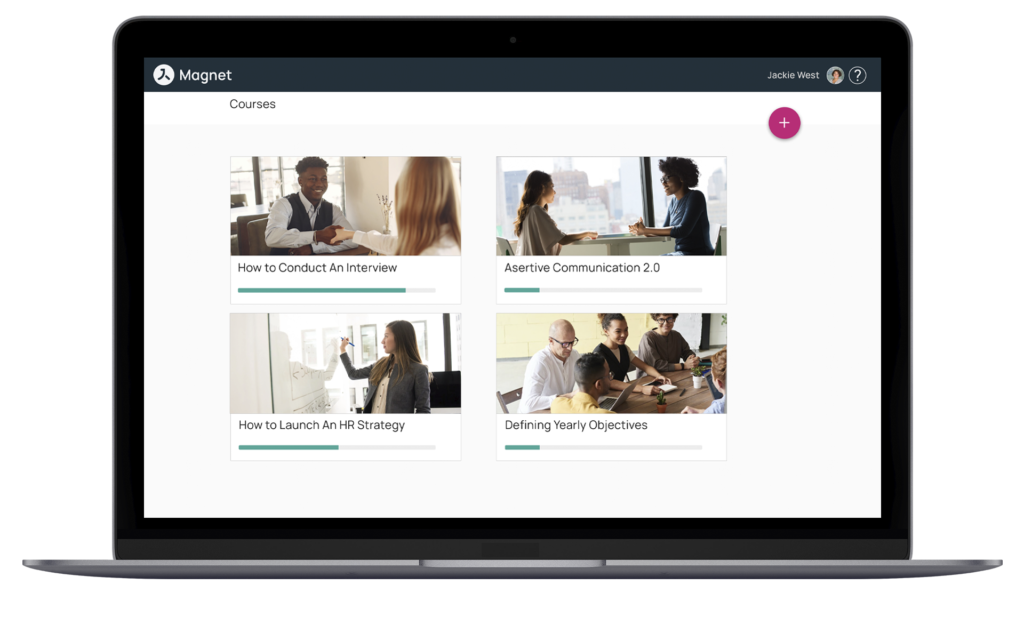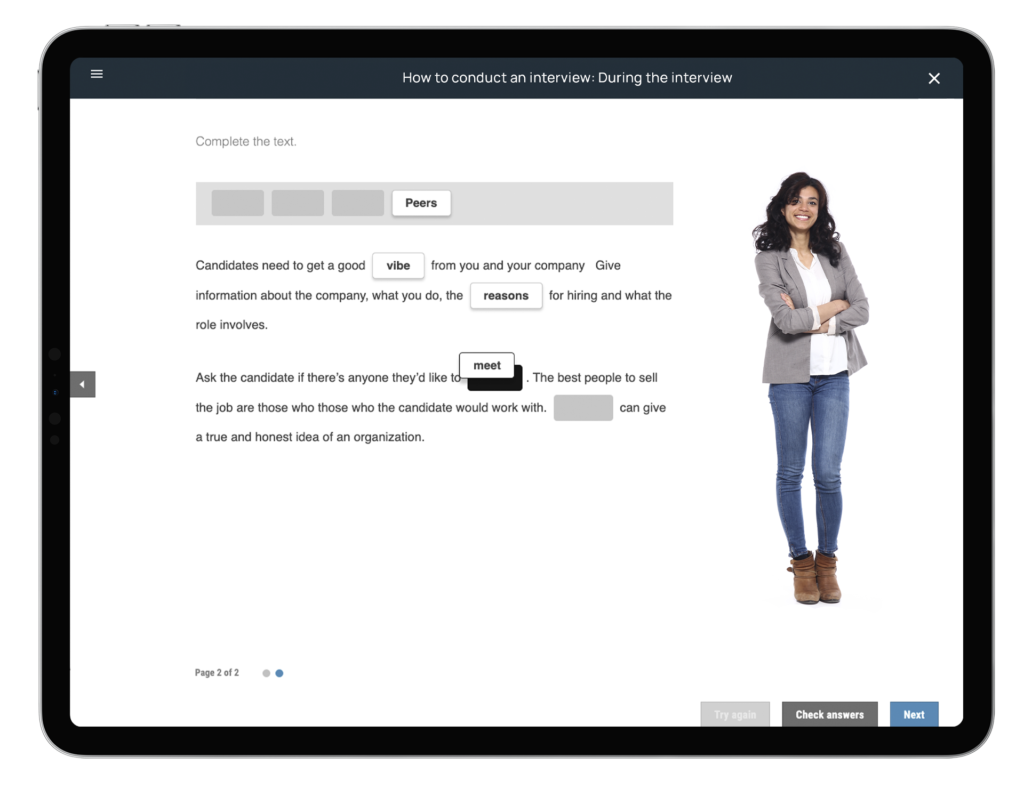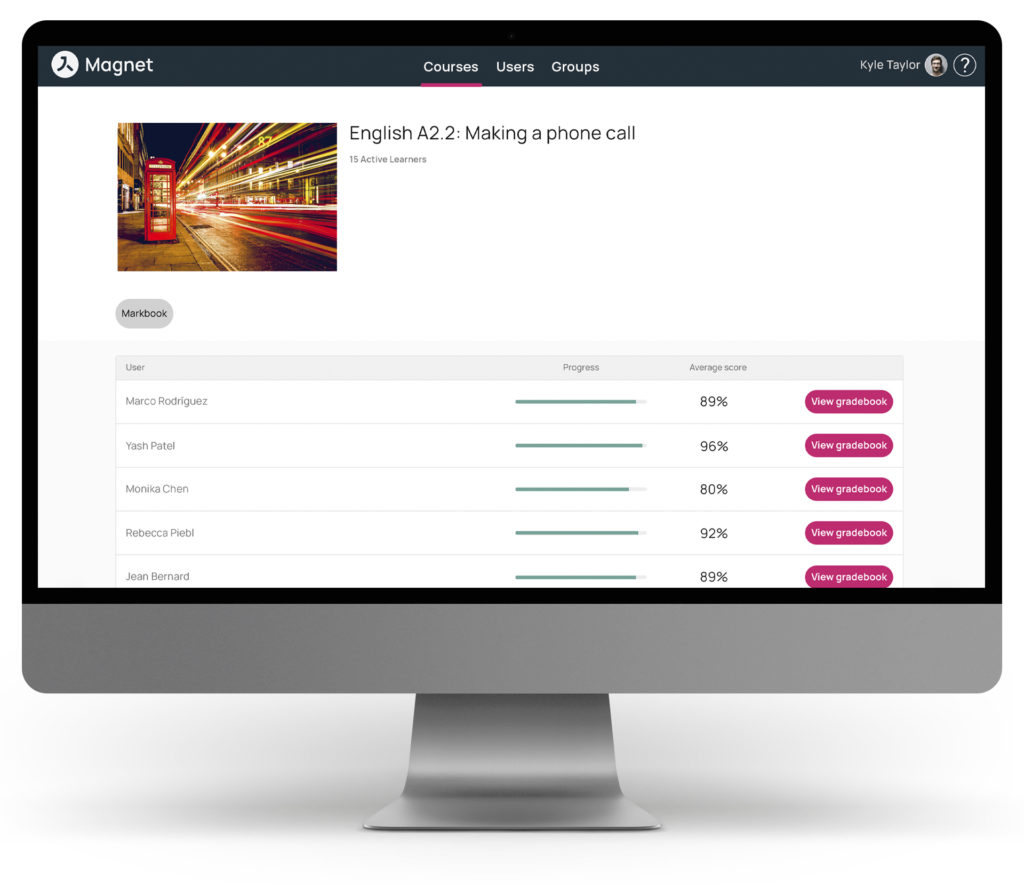Richmond and Avallain have a long-standing partnership, collaborating to develop innovative e-learning content and deliver meaningful learning experiences through dynamic and intuitive platforms.
Richmond Expands Its Digital Ecosystem with the Launch of Richmond Studio, Powered by Avallain
St. Gallen, May 7, 2025— Richmond, part of the Santillana Group, provides an even more immersive and personalised experience for language teachers, managing staff and students with the launch of Richmond Studio.
Richmond Studio is the exclusive digital platform for both Richmond Solution and Richmond Pro — two comprehensive educational offerings from Richmond that support English Language Teaching (ELT) across K12 and Higher Education in Latin America. With over 750,000 students learning through Richmond Solution, Richmond has established itself as a regional leader in English language education. Richmond Pro, designed specifically for HigherEd, integrates Learning, Assessment, and Employability to equip students with the skills they need for academic and professional success. Richmond Studio brings both solutions to life through a powerful, customisable platform that centralises content, simplifies user experience, and fosters deeper engagement between teachers and students.
Avallain’s technology enables Richmond to create and deliver these effective online learning experiences. With Avallain Author, Richmond develops and manages multiple forms of ELT content, including interactive courses, eBooks, flipbooks, digital books (iRead), posters and multimedia-rich resources. All of these content types are also compatible with Richmond Studio. Teachers can tailor instruction and engage students more successfully.
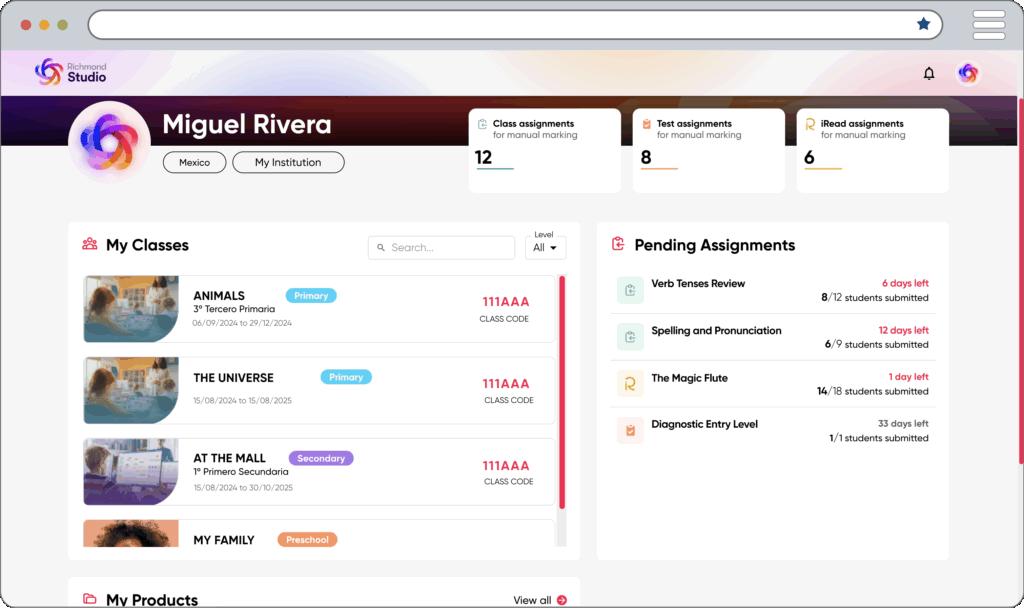
Combined with Avallain’s custom development services, this integrated solution facilitates efficient content distribution and provides a scalable, adaptable foundation for Richmond’s platform. This ensures that Richmond can expand its offerings across Latin America while maintaining a consistent, engaging user experience. The launch of Richmond Studio marks the next step in Richmond’s strategy, building on its established collaboration with Avallain to enhance ELT content creation and delivery.
“Our longstanding partnership with Avallain is built on shared values of innovation, quality, and educational impact. We fully trust their technology to support the evolution of our digital ecosystem. The launch of Richmond Studio represents a pivotal step in our strategy to deliver more effective and engaging language learning experiences, and we are confident in its potential to transform classrooms throughout Latin America.” – Esdras Taylor, Richmond Global Managing Director.
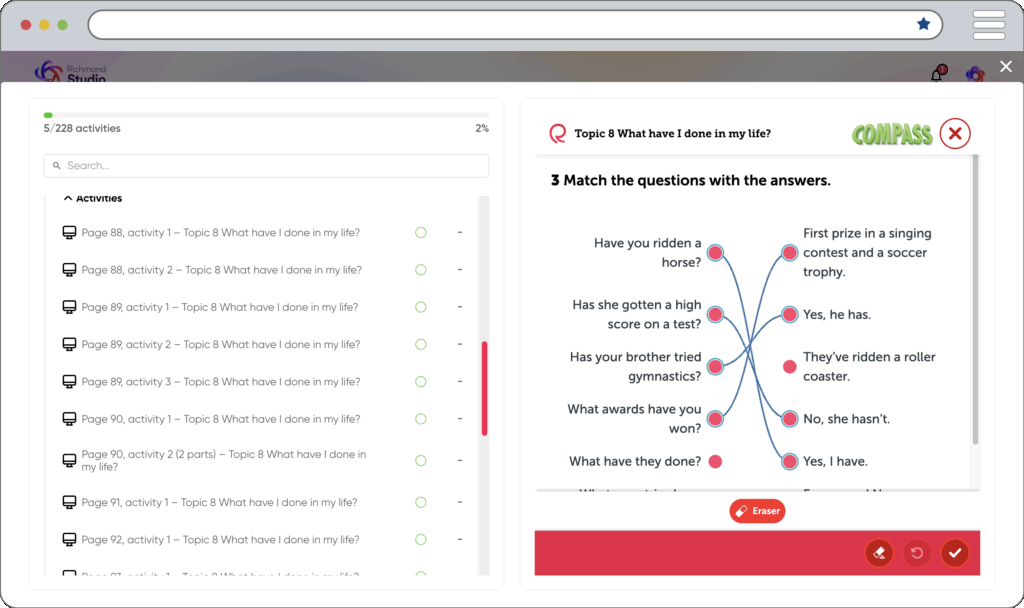
Ethical AI in Education
Richmond has also benefitted from Avallain’s ethically developed AI solutions, in line with Avallain’s broader AI strategy, Avallain Intelligence.
Avallain Author provides both manual and AI-powered content creation. This includes auto-generated alt-text, keywords for images and transcripts and subtitles for video and audio files.
These and other AI features enhance the content creation process while ensuring the learning material is developed safely and responsibly. Teachers can deliver more impactful lessons without replacing human expertise, while students benefit from personalised yet safe learning experiences within Richmond Studio.
Looking to the future, Richmond Studio will soon introduce TeacherMatic, Avallain’s ready-to-go AI toolkit designed to reduce teachers’ workloads and enhance teaching by using generative AI to create flexible lesson plans, worksheets and quizzes.
Alexis Walter, Managing Director of Avallain, reinforces this commitment, stating, ‘Our long-standing relationship with Richmond has been built on trust and a shared commitment to delivering high-quality educational experiences. For over 20 years, we at Avallain have worked closely with publishers to deliver best-in-class solutions across the entire edtech value chain. As pioneers in edtech, we embrace AI responsibly through Avallain Intelligence, ensuring that AI enhances productivity while prioritising ethical practices. Crucially, the human element remains central.’

Advancing Digital Learning Together
With a collaboration spanning over a decade, Avallain has partnered with Richmond since the creation and launch of the Richmond Learning Platform (RLP), which has served as the foundation of Richmond Solution. RLP has provided a dynamic digital environment for English language learning across Latin America, delivering personalised learning paths, interactive tools, and real-time feedback — all within structures that are easy for teachers to set up and manage. Richmond Studio now represents the next step in this evolution: a more advanced and specialised platform designed to support Richmond’s strategic vision for both K12 and HigherEd through Richmond Solution and Richmond Pro.
One of the core strengths of Richmond Studio lies in its ability to generate meaningful evidence of student learning and measurable progress over time. Through integrated assessment tools, activity tracking, and advanced reporting features, educators gain actionable insights that support informed decision-making and personalised instruction. This data-driven approach ensures that teaching strategies are responsive and aligned with each student’s learning journey.
Avallain’s industry-leading authoring and platform solutions afford Richmond the flexibility to develop, adapt and distribute content efficiently. As a result, the company maintains the highest pedagogical and technological standards. Furthermore, Richmond Studio can deliver innovative, student-centric learning solutions that align with the latest educational needs.
This collaboration highlights Avallain’s ongoing commitment to working alongside leading education providers, continuously improving and supporting the creation of impactful online learning solutions that contribute to the future of education.
The launch of Richmond Studio represents a significant step forward in enhancing language learning for both teachers and students, providing a seamless, engaging and personalised experience. By combining Avallain’s technology with Richmond’s expertise in ELT content, this partnership is set to reshape language learning experiences in classrooms across Latin America and beyond.
About Richmond
Richmond, part of the Santillana Group, is a leading provider of English Language Teaching (ELT). With a strong foundation in academic excellence and a clear vision for innovation, Richmond offers a comprehensive suite of resources that support learners of all ages—from early education through to higher education.
At the heart of its offering is Richmond Solution, an advanced and comprehensive educational ecosystem designed to revolutionize English language teaching and learning across Latin America. Tailored to meet the diverse needs of students, educators, and institutions, Richmond Solution integrates high-quality content, innovative technology, and personalized support to foster effective and engaging language education.
Learn more about the platform: https://studio.richmondsolution.com/
Discover Richmond Solution: https://richmondsolution.com/en/
About Avallain
At Avallain, we are on a mission to reshape the future of education through technology. We create customisable digital education solutions that empower educators and engage learners around the world. With a focus on accessibility and user-centred design, powered by AI and cutting-edge technology, we strive to make education engaging, effective and inclusive.
Find out more at avallain.com
_
Contact:
Daniel Seuling
VP Client Relations & Marketing







